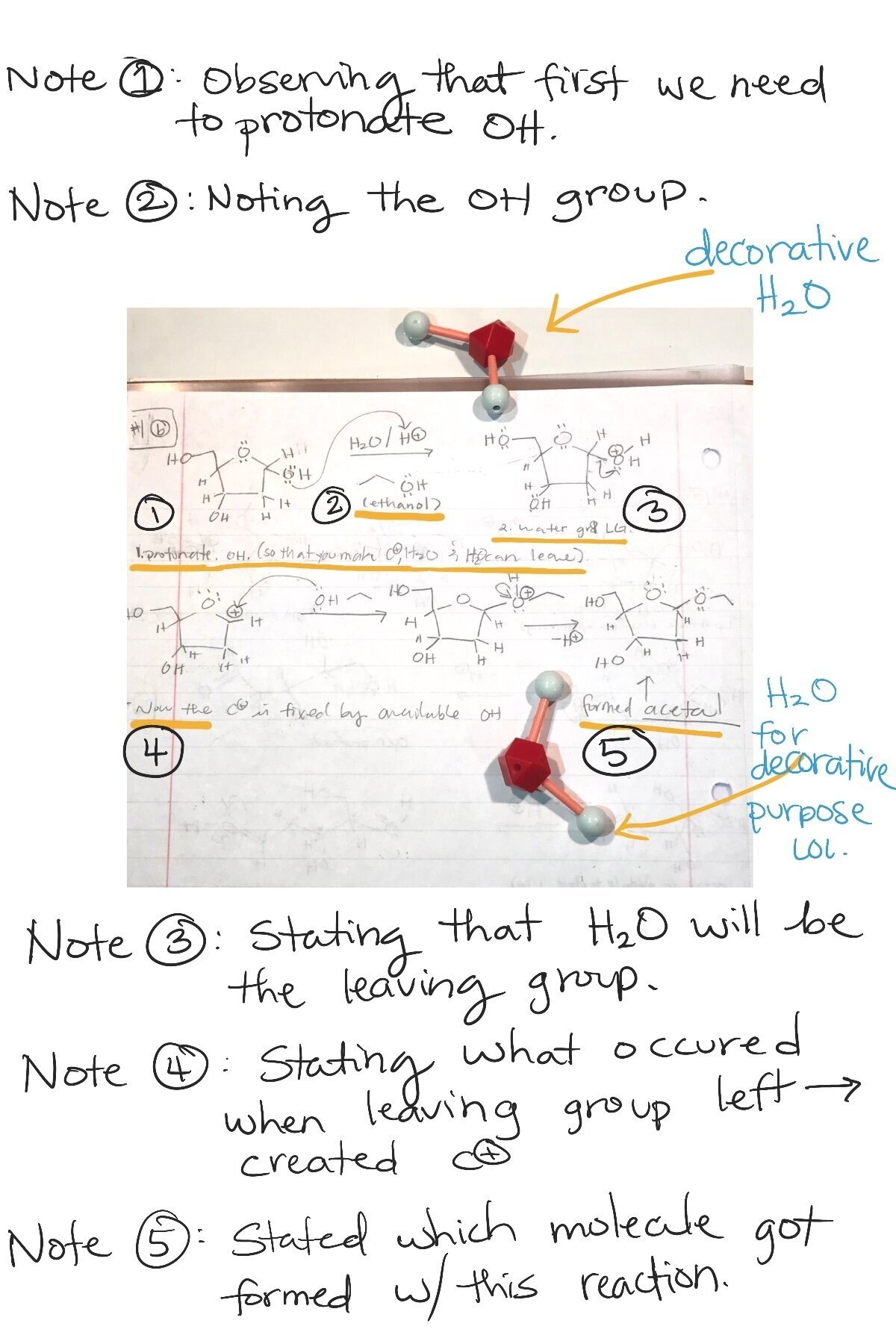HOW TO STUDY FOR ORGANIC CHEMISTRY: 4 Tips To Improve Your Grade
When you take your first organic chemistry class the concepts you will learn are different than those you encountered in general chemistry. Now, after the grueling process of learning to study for chemistry, you may need to adjust your studying method for organic chemistry. The good news is that for some this may be an easier task especially if you follow these tips.
Learn the steps in each mechanism by recopying the equations.
For most of the mechanisms identify the key players. By this I mean, circle and identify which item in your equation is the base, substrate, leaving group, nucleophile, etc.. Knowing this will allow you to start figuring out what kind of mechanism you have and you will start to see patterns. You need to learn these patterns and know them for exams.
Understand electronegativity and resonance of functional groups.
Know the general electronegativity of common elements (ex. N, O, F, Cl, etc..) and functional groups, this will give you a clue as to what can occur in the reaction/mechanism. What you are focusing on when observing resonance and electronegativity of an element or molecule is their electron rich and electron poor sides. With this information you know if there can be a nucleophilic substitution, elimination reaction or other.
Have a cheat sheet nearby of the different conditions that a solution can have and how they affect electronegativity.
The conditions of a solution are the influencing factors that favor or facilitate a reaction and the type of mechanism that will occur. Some of the conditions you’re looking for are: type of leaving group, solvent, concentration, attacking species strength, etc.. I advise having a cheat sheet that you can look at when doing problems this way you can start to learn each of their favorability to a specific reaction.
For each mechanism step make a note on why you’re taking that move.
I think that this is a step many people might overlook as not being important but it helps in various ways. Firstly, doing this will engrave the steps and reasoning in your brain. Later it will become second nature as to which steps to take. It is similar to showing your work in math, but here, you label and make a short concise note of your reasoning. For example, you notice the leaving group is Cl, so you would circle it, label it “leaving group” with a note saying, “Cl is stable enough + leaves a positive C,” next you circle and label the attacking species making a note saying “it will attach where leaving group left a positive C.” This is a way you show your work when solving organic chemistry problems. As an added benefit, when you show your work you have better notes to study with later on.
BONUS TIP: You must put in the time to practice these steps + problems as there is no other way around it.
As stated before, ritually following these steps will help you to create those pathways in your brain which will help you to make them automatic. When taking an exam, you want this to be part of your thinking process.


